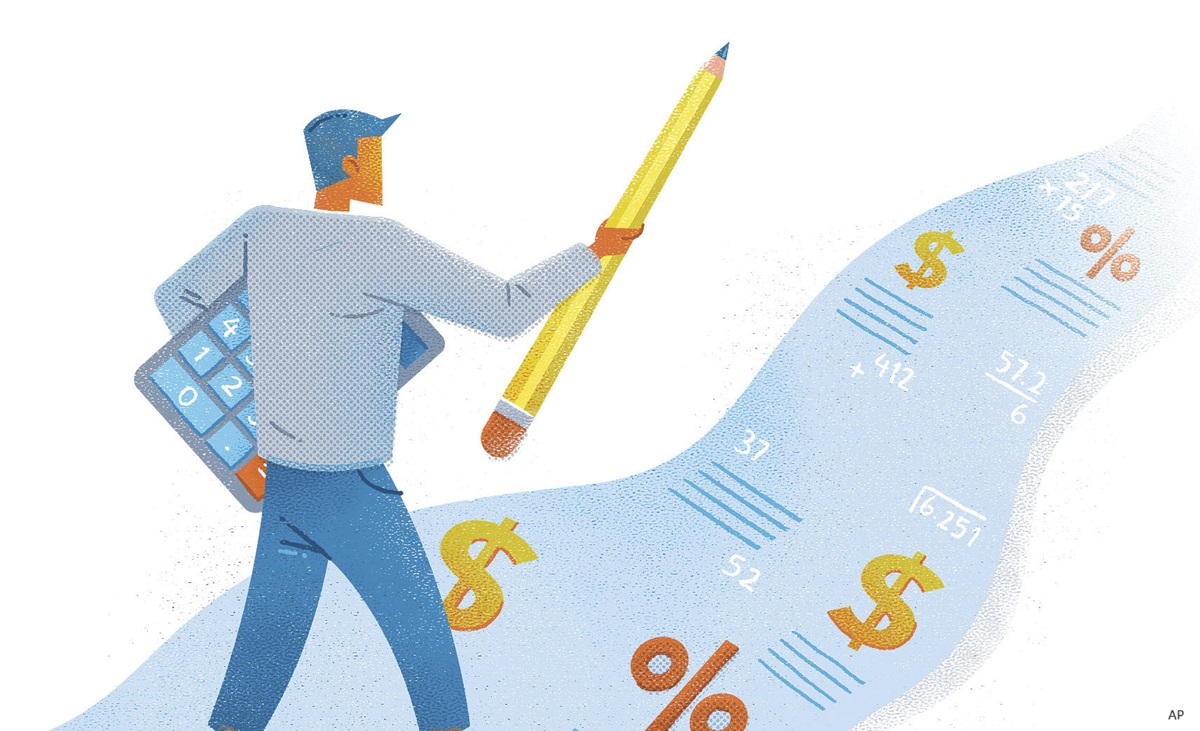
Income investors are looking for yield anywhere they can with interest rates so low. Some have gone as far as replacing bonds with dividend stocks (might not be the best strategy, especially more risk-averse investors, because at the end of the day, they are stocks and have limited downside protection).
At the same time, bonds are not returning what they used to. So where should income investors go?
“Do I think investors should own less bonds today than they did 5 or 10 years ago? Absolutely. Alternatives are higher risk bonds like high yield bonds, a favourite of Canadian investors, preferred shares, and mortgage income funds, along with dividend stocks might be a good balanced mix,” suggests Tom Bradley, president and co-founder of Steadyhand Funds. He cautions, however, that going all-in on any one of these asset classes is a recipe for disaster.
Let's look at one of those ingredients for income: high yield bonds.
What are they?
High yield bonds are bonds issued by smaller, in some cases riskier, companies. These bonds are issued by non-investment grade issuers, those rated BB High and lower by DBRS Morningstar.
These issuers could have a higher default rate than investment grade issuers. Because of the increased risk, the interest rate on these bonds is higher. They are also called “Junk” bonds.
This isn’t to say that these are all unknown companies. They could also be issued by large, publicly traded companies. For instance, in 2019, bonds issued by Keyera Corp (KEY), Inter Pipeline (IPL) and Cominar REIT (CUF.UN) all received DBRS Morningstar ratings of BB, which is high.
However, Canada is not any high yield manager’s first choice.
“The Canadian dollar-denominated market is small at roughly $10bn. Most funds invest in both U.S. and Canadian names,” points out Dhruv Mallick Fixed Income High Yield Manager at Leith Wheeler, adding that in general, he prefers the USD denominated market to Canada, largely due to the diversity of names and sectors in the U.S., and the greater liquidity.
Alfred Lee, Portfolio Manager at BMO ETFs agrees. “The Canadian issuers are smaller, and the overall universe is smaller, so for any kind of diversification, I prefer the U.S. The companies are larger and more durable, and we can take better positions,” Lee explains.
Lower interest rates & the R-word
Though some of the risks with high yields come from the issuers themselves, in the current market cycle, there are risks from the outside to consider, especially interest rates and the possibilities of a slowdown.
Both Mallick and Lee believe that interest rates will be headed lower in 2020.
“It’s probably fair to assume that policy rates head a bit lower in Canada, to catch up with the recent cuts in the U.S., and we would likely see the yield curve steepen some from current levels in Canada,” Mallick says.
However, apart from interest rates, investors would be prudent to keep an eye on external risks as well, especially in international markets. “A lot of the outlook depends on the outcomes of international events like Brexit or the U.S.-China and other trade tensions, and the 2020 U.S. presidential elections. If we get a positive outcome for any of these, it will good for the economy, but because these events are not economically driven, they are much harder to call,” Lee notes.
Do you want to make a call on the economy right now?
As always, individual investments should be assessed based on your personal situation and financial goals, so look at any investment asset, including high yield bonds, as a part of an overall portfolio. Having said that, “proceed with caution”, advises Lee.
He points out that high yield returns, and defaults, are a call on the economy as much as the company. The economic story is fundamentally strong but could also swing based on the outcomes of external factors.
Lee also says that because of the uncertainties and risks around high yield bonds, investors should not have more than 10% of their total fixed income portfolio in them.
“We are constructive on high yield as an asset class, albeit less so than earlier in the year. If you exclude the volatile energy sector, the Bloomberg Barclays High Yield ex Energy spread is about 326 basis points, off the Oct 2018 tights of 295. That said, spreads are inside their long-term averages”, Mallick adds.
The yield spread is the difference between the yield of high yield bonds and U.S. treasury bonds.
“Given high yield is a risk asset class, similar to equities, it does perform poorly relative to risk-free fixed income in a recession scenario. A slowdown affects more levered and indebted companies, that need strong economic growth typically, to grow into their capital structures. As such, CCC rated companies do the worst, followed by single B and then BB companies. The risk in a recession environment is that the probability of defaults increases, which investors need compensation for – resulting in wider spreads, and price declines. That said, high yield still does better than equities in a recession,” Mallick says.
As an example, he points to the fourth quarter of 2018. “Risk assets, including high yield, began to price in a recessionary environment, resulting in wider spreads. As the probability of recession has declined with the U.S. Federal Reserve reversing its tack on rates, high yield spreads have almost reversed their widening,” he noted.
So where are the opportunities in high yields right now?
“As it appears that we have been muddling in a soft patch in the U.S. economy, and not in a recessionary environment, high yield has benefited from being in a somewhat supportive environment, particularly for companies that don’t have excessive amounts of debt. We have seen a flight to safety, causing BB bonds to trade a bit too rich. We are finding select opportunities in single B bonds and in senior secured loans,” Mallick notes.
How to buy the bonds
If you do decide to invest in high yields, it is wise to go the fund route.
“It is difficult to buy off the retail desk, plus you’ll end up paying more, and not get as much diversification as with a fund,” Lee says.
If you do go the ETF or fund route, it makes sense to avoid currency risk by looking at funds that are hedged back to Canadian dollars. In the case of ETFs, though, you’ll notice that these funds have a high tracking error, or the difference between the price of the portfolio and the benchmark.
“That’s the challenge with the indexes. They’re calculated on the bid side, but we buy bonds on the offer side. But we have seen significant improvements in technology recently, and this should help lower the tracking error,” Lee explains.
Alternatives
And if you decide that you’d rather avoid high yields, where should you go?
Mallick cautions that in fixed income, you can’t get the yield without the risk. “Where we have been finding opportunities is in the senior secured loan market in the US. These are floating rate instruments, issued by large high yield rated corporations. An example would be Albertsons, where the loan is yielding roughly 4.5%. Albertsons is a grocery chain in the U.S. that owns multiple brands, operating over 2,000 stores. The real estate value alone covers the value of the loan 3x, making this a safe instrument providing high yield-like returns. And on the chance that short-term interest rates rise in the U.S., the loans would benefit as they are floating rate in nature,” he says.
Lee suggests investors consider U.S. preferred shares, because of three trends, “Lower interest rates, yields have an ageing demographic, and at the end of the economic cycle: people gravitate to investment-grade assets, not junk.”





















